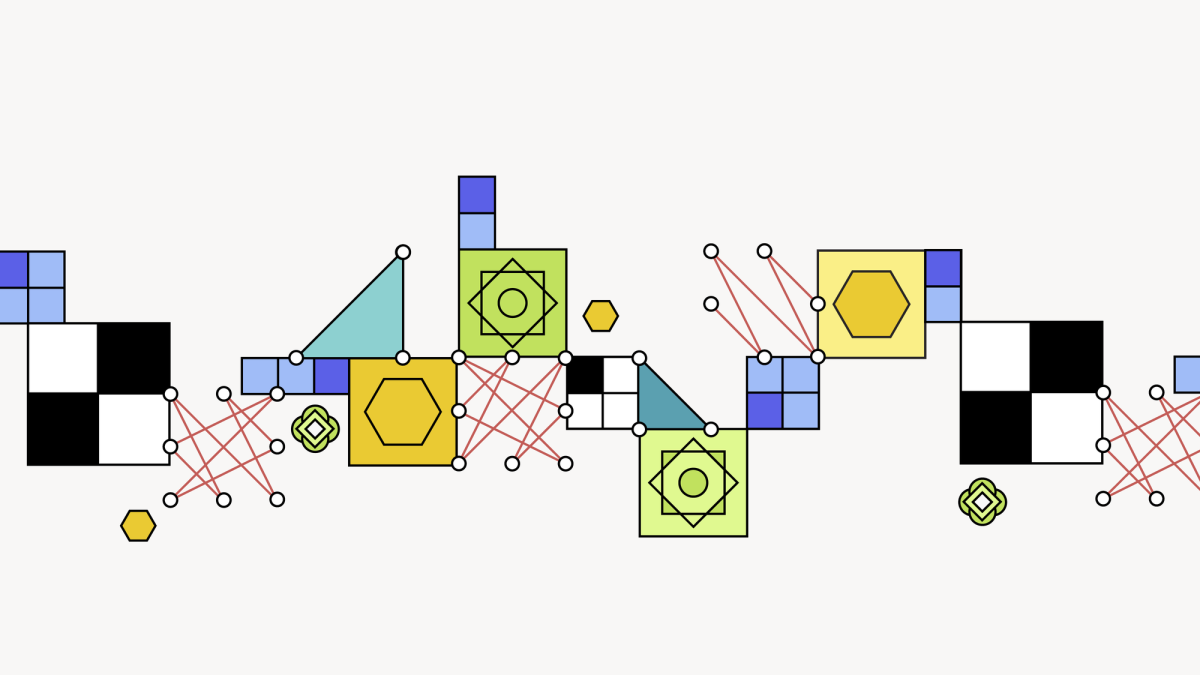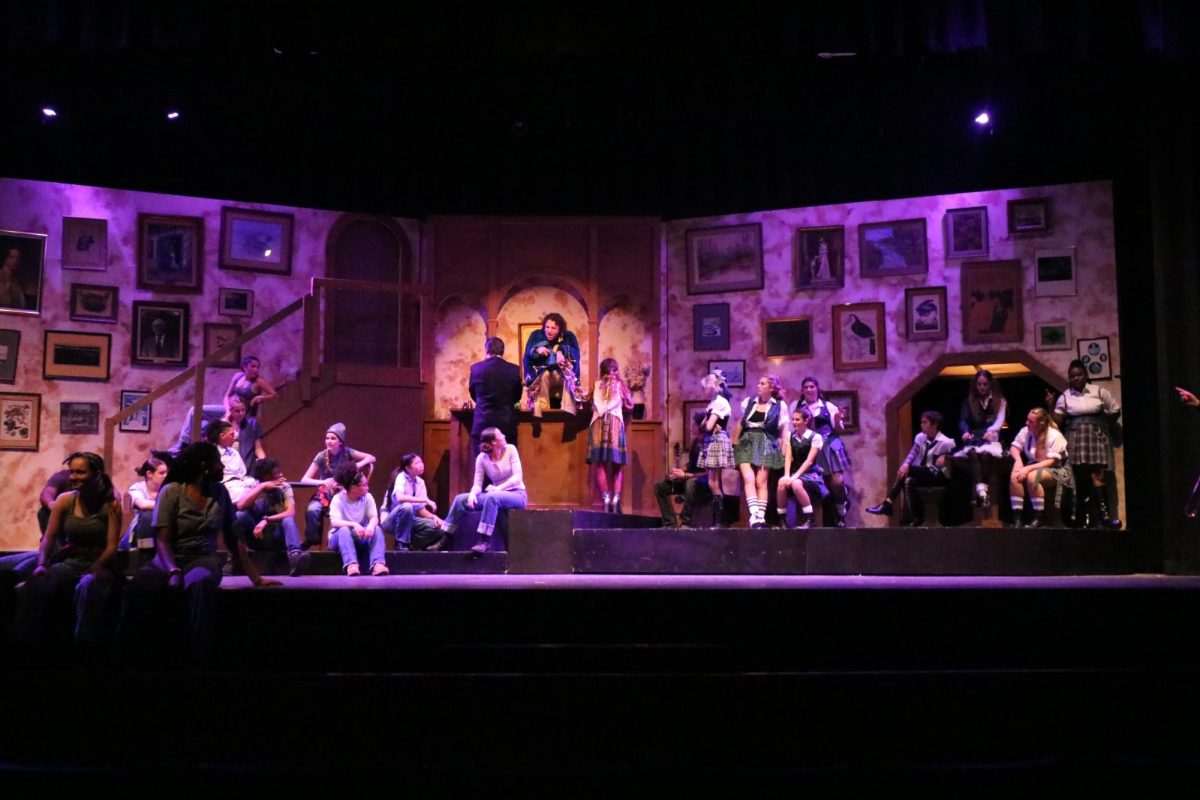Every day, millions of users log into The New York Times to challenge their minds with innovative games such as Connections and Wordle. The New York Times offers a proliferation of games, and each has its own unique set of rules and strategy.
The Mini
The Mini is a 5 square by 5 square version of The New York Times’ larger Crossword puzzle. In order to complete The Mini, the player should input their responses in the correct boxes of the puzzle. It is always fun to try to finish the puzzle in under 1 minute!
Hints and Tips: To make sure your answers are correct, as to not mess up your other responses, use the “Autocheck” option. If you play the Mini on the weekends, the puzzle is slightly larger than the regular 5 x 5, and has longer words. The weekend Mini may take you longer to complete than just 1 minute!
The Crossword
The Crossword puzzle has the same strategy as the Mini, but you may face more challenging hints that correlate to longer words. This game is not only available online but also in The New York Times printed newspaper. Sadly, there is no autocheck option available on the paper copy!
Hints and Tips: You can elect to use the “Autocheck” option, similarly to the Mini.
Sudoku
Sudoku is a numerical logic game. The goal is to use numbers 1 through 9 to fill a nine by nine grid, divided into nine squares organized in a three by three grid. The one rule of Sudoku is to not repeat the same number in either a horizontal row, vertical column, or three by three square.
Hints and Tips: On The New York Times’ website, there are three levels of difficulty for the Sudoku. While there may not be an autocheck option, the website will color incorrect numbers (based on your previous inputs) red. In addition, the website will indicate which numbers are available for you to use based on the square you are attempting to fill.
Wordle
Many people are familiar with Wordle already, but it is a game in which you have six attempts to guess a five-letter word.
Hints and Tips: In their first guess, many people use as many vowels as possible. Common first guesses are OUIJA and ADIEU, if you are looking for some inspiration. If you are feeling lucky, feel free to try a new word as your first guess each day!
Connections
Connections is a newer New York Times game and my personal favorite. In Connections, you must sort sixteen words into four different categories, making less than four mistakes. Examples of categories include FISH (Bass, Flounder, Salmon, Trout) or FIRE _____ (Ant, Drill, Island, Opal). However, the game is difficult because it makes many words seem like they could belong to more than one category.
Hints and Tips: Use the Shuffle button if you need to look at the words in a different organization. A fun challenge is to try to sort all of the words into the correct categories without making any mistakes. If you are competitive, pair up with a friend or family member and compete to see who can make the least amount of mistakes.
Letter Boxed
In Letter Boxed, there are twelve letters arranged in groups of three along the four sides of a square. The goal of the game is to connect those letters to create words. However, the catch is that each subsequent word has to start with the last letter of the previous word used.
Hints and Tips: Make sure the last letter of each of your words is a common letter that will make it easy for you to start the next word. The game becomes easier if you use longer words.
Spelling Bee
The game gives the player seven letters. The player scores points by constructing words made of four or more letters, however, any words created must include the letter in the center. Thankfully, it does not matter if the letter is first, last, or anywhere in between.
Hints and Tips: Keep common prefixes and suffixes in mind, these can help you construct words.
Vertex
Vertex challenges players to connect vertices in order to form triangles. The end result will be an image.
Hints and Tips: Vertex has its own sort of built in “autocheck”. If you connect the triangles correctly, the triangle will fill in with color.
Tiles
In tiles, the goal is to match different elements on the tiles and maintain a chain of continuous matches until the entire grid is cleared.
Hints and Tips: Even though the elements on the tiles are layered, you do not have to match tiles that are on the top layer. A fun challenge is to get a “perfect” score by making continuous matches.
In a poll asking questions about The New York Times Games, 52 Upper School students responded and 15 Upper School faculty members responded. The Upper School’s favorite game was Connections. Wordle was a close runner-up, and came in second by only three votes. About 91% of the Upper School said that they did not have a premium subscription to The New York Times, and 9% said that they did have a subscription.
The premium subscription allows you to play certain games only offered to subscribers such as the Large Crossword Puzzle. However, most premium games are offered for regular users to try on a restricted trial.







